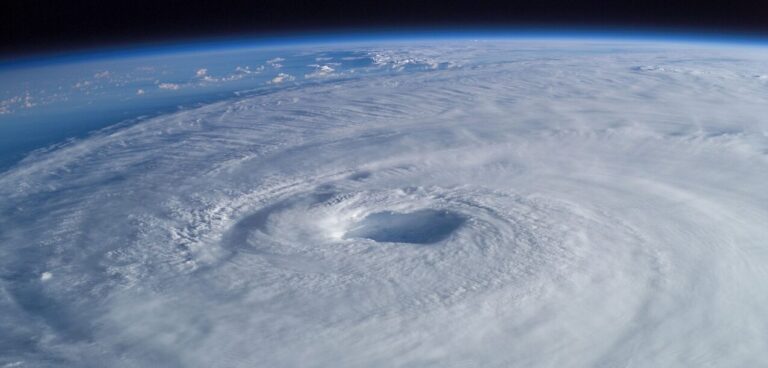Climate change is increasing the probability that tropical cyclones will rapidly grow into intense, damaging hurricanes in a few hours, according to a new study.
Co-authored by the National Centre for Atmospheric Science (NCAS) and the University of Reading in the UK and academics in the USA, the study concludes that rising global temperatures are significantly increasing the rate of storms rapidly intensifying, posing a huge challenge to weather forecasters.
Dr Alex Baker, a research scientist at NCAS and the University of Reading, who co-wrote the study, said, “Hurricanes are natural events that have always been with us, and a rare few strengthen rapidly. We have discovered how increasing greenhouse gas emissions are making it much more likely that tropical storms rapidly turn into dangerous and less predictable cyclones, and this is happening globally.
“In some cases, intense hurricanes develop overnight, and this rapid intensification leaves people living in their path little time to respond. Communities need good early warnings to protect themselves and their property, so if more storms intensify rapidly, this makes evacuations and other emergency measures more difficult.”
The researchers used observations of storms from the past 40 years, alongside high-resolution computer models that simulate the atmosphere and oceans, to estimate how warming temperatures are affecting tropical cyclones.
Rising temperatures provide the right conditions for storms to become dangerous hurricanes as high humidity in the atmosphere and warmer sea-surface temperatures quickly lead to stronger winds, researchers found.
These are known as rapid intensification events. According to the scientists, global trends since 1982 have shown that environmental factors linked to rising temperatures have made these events more likely.
They found these trends are unlikely to have been caused by natural variations in climate, and that continued global warming could lead to the process continuing further – with grave consequences for coastal communities and nations that are vulnerable to tropical storms.
To view the complete study published in the journal Nature Communications, click here.



